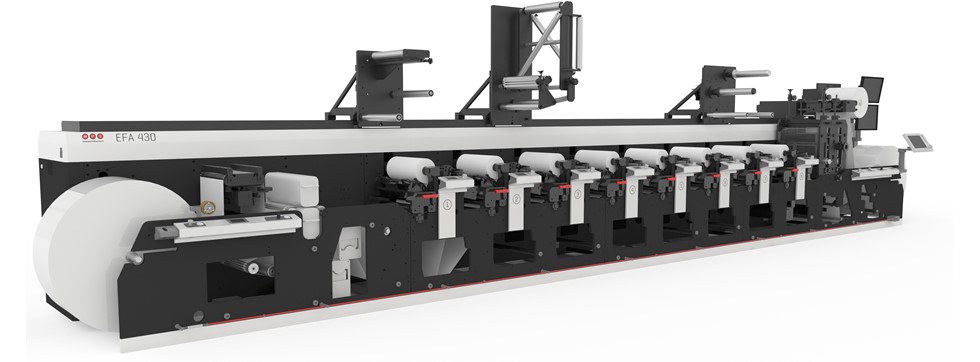Is Digital Printing as Good as Offset Printing?
In the world of printing, there are two main methods: digital printing and offset printing. Both have their advantages and disadvantages, and the question of which is better has been a topic of debate for years. In this article, we will explore the differences between digital printing and offset printing and determine whether digital printing is as good as offset printing.
First, let's define the two methods. Offset printing is a traditional printing method that involves transferring ink from a plate to a rubber blanket, which then transfers the ink to the paper. Digital printing, on the other hand, involves printing directly onto the paper using a digital file.
One of the main advantages of digital printing is its speed and efficiency. Digital printing allows for quick turnaround times and the ability to print small quantities at a reasonable cost. This makes it ideal for businesses that need to print marketing materials or other documents on demand. In addition, digital printing offers a high level of customization, allowing for variable data printing and personalized marketing materials.
Offset printing, on the other hand, is known for its high quality and consistency. The ink is transferred to the paper using a series of rollers, resulting in a sharp and vibrant image. Offset printing is also capable of printing on a wide range of paper stocks and can produce large quantities at a lower cost per unit.
So, is digital printing as good as offset printing? The answer is, it depends on the project. For short runs and quick turnaround times, digital printing is the way to go. However, for large quantities and high-quality printing, offset printing is still the preferred method.
In conclusion, both digital printing and offset printing have their advantages and disadvantages. The choice between the two ultimately depends on the specific needs of the project. As technology continues to advance, it is likely that we will see further improvements in both methods, making them even more competitive with each other.

Post Comment